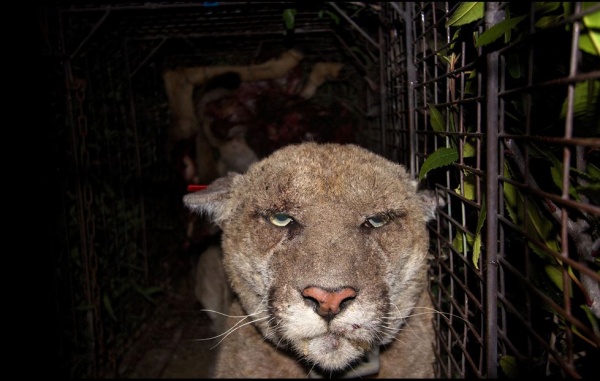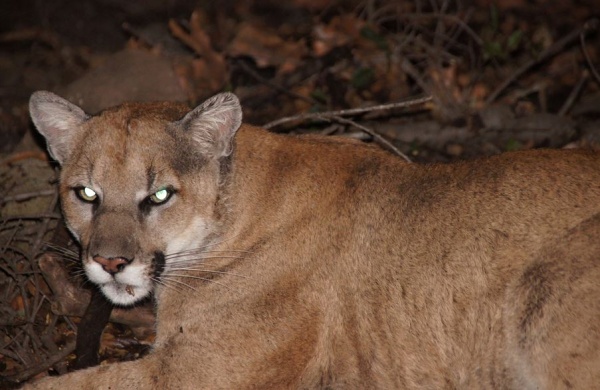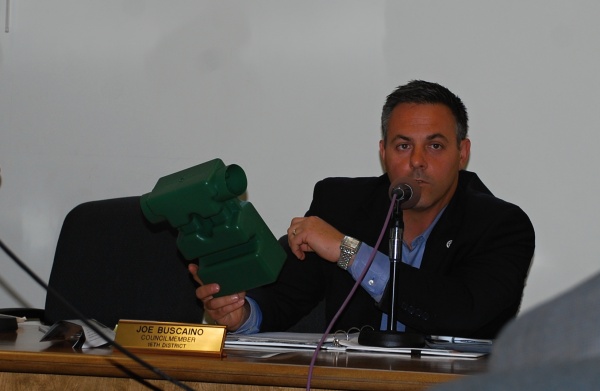Los Angeles may be poised to be the first major city in the country to ban rodenticides given the positive direction of a recent city council committee meeting which focused on the ecological devastation surrounding how rat poison is killing more than just rats.
The City Council’s Arts, Parks, Health, Aging and River Committee heard testimony from a noted wildlife biologist and from environmentalists and wildlife advocates. Councilman Mitch O’Farrell called for a report from the Los Angeles Parks and Recreation Department on the various ramifications of reducing or eliminating deadlier poisons from the city’s arsenal of pest control against mice, rats and ground squirrels in area parks and open spaces. That report is due in 30 days.
“We’re in an era where sustainability is the name of the game,” O’Farrell commented adding that maybe relying on predator animals like mountain lions, bobcats, owls and hawks to help control pest populations would be a “much healthier way for our ecosystems, as fragile as they are, and de-emphasize the use of these poisons.”
“Let’s take a look holistically and what it would look like to completely revamp the way we control pests…because [we need] a 21st century way of thinking about reaching sustainability and ecosystem restoration. Think about P-22 so he can have a legacy of change across the city.”
Griffith Park’s famed P-22 mountain lion was recently caught and treated for mange he probably acquired as the result of ingesting a prey animal riddled with rodenticide.
“If you were like me, you were so depressed hearing about P-22 and seeing that photo of him,” remarked O’Farrell.


Describing the types and effects of rodenticides was Laurel Serieys, wildlife biologist from University of California Los Angeles who has been studying urban bobcats especially in the Santa Monica Mountains. Serieys described the two types of rat poison – first generation (bait type chemicals that typically kill within three days and are usually contained within the animal that ingested it) and second generation (stronger more toxic chemicals that can be potent up to nearly five months and be passed on from the animal that ingested it to the predator that subsequently ate that animal).
Secondary poisoning, contends Serieys from her research, is introducing a greater exposure of these chemicals in large urban mammals not to mention, snakes, raptors and other animals. Adding insult to injury, with a weakened immune system, predators like bobcats, coyotes and mountain lions are susceptible to mange which left untreated, leads to an extremely painful death.
Serieys estimated some mouth-dropping statistics: 83 percent of urban coyotes have been exposed to some kind of toxins; that number rises to 92 percent in bobcats and mountain lions – and that number includes young kittens.
During the public comments section, environmentalists and wildlife activists spoke in favor of the city doing away with the poison and advocated for more outreach and education to the general public.
Representatives from neighboring cities – like Malibu and Calabasas – presented how they went rodenticide-free, offering to help Los Angeles make the policy jump. Many pointed out that in addition to harming wildlife, these poisons also can affect pet animals and children. Alternatives to poisons, like physical trapping and placing owl boxes in high rodent areas, were also presented.

In addition to an upcoming report from Parks and Recs about their use of rodenticides in city parks, Councilman Tom LaBonge asked that team to investigate how the Department of Water and Power handles pest control in their open space areas. He also asked for a report on the number of dead animals the Bureau of Sanitation receives.
— Brenda Rees, editor
